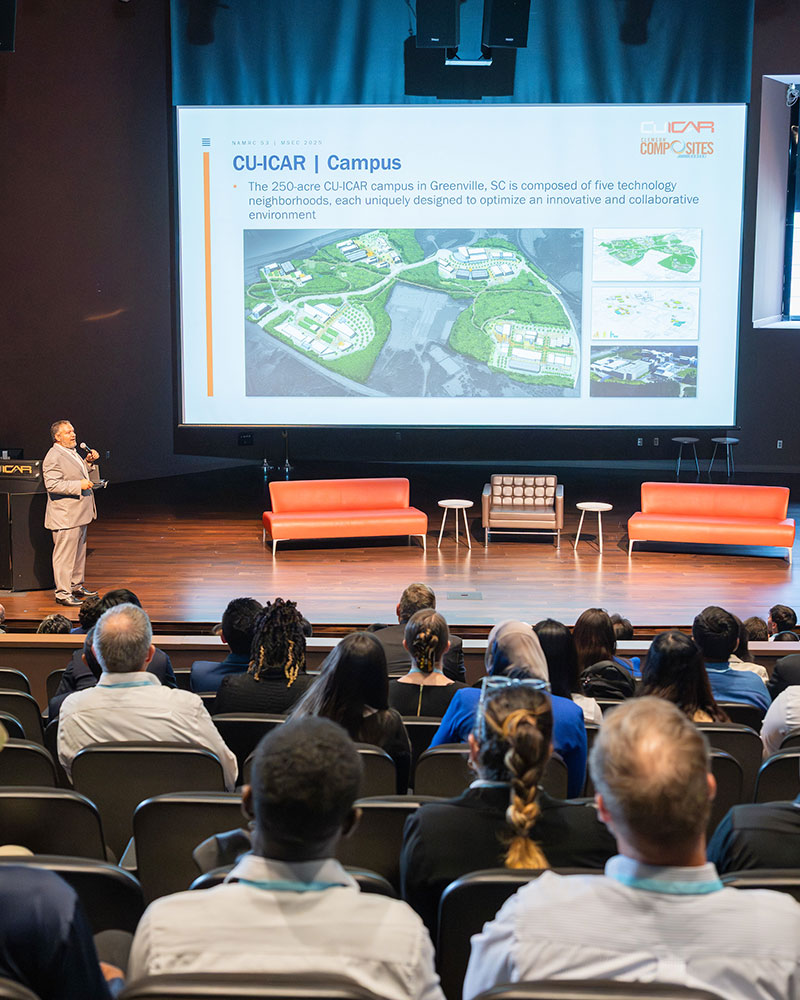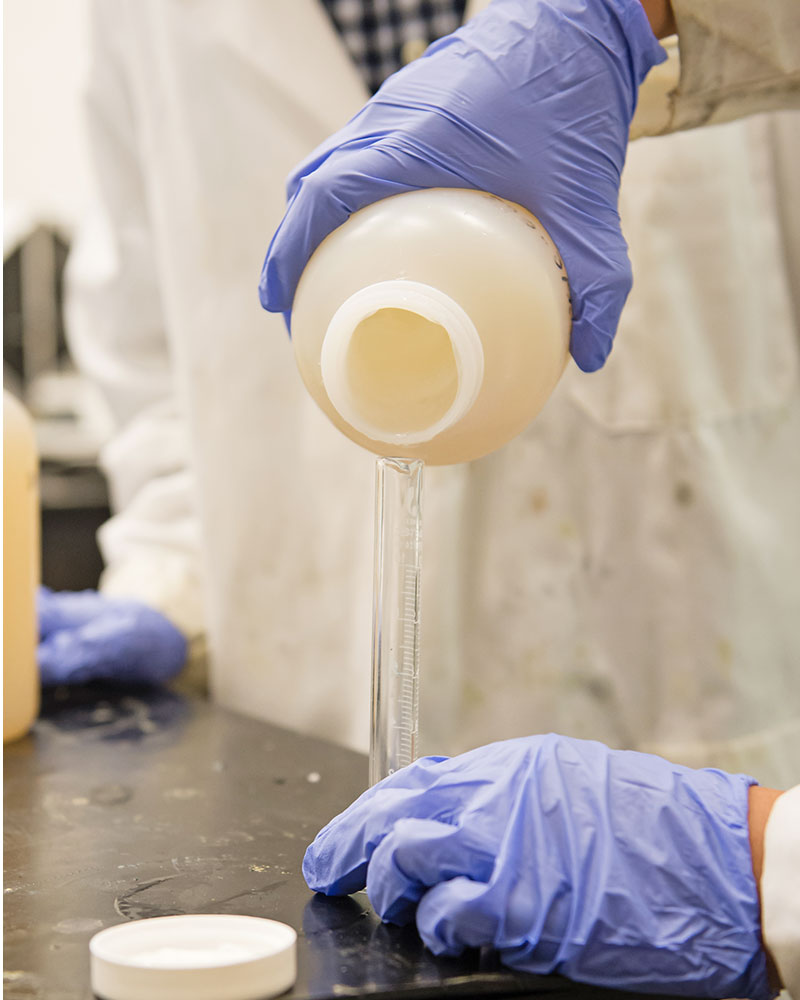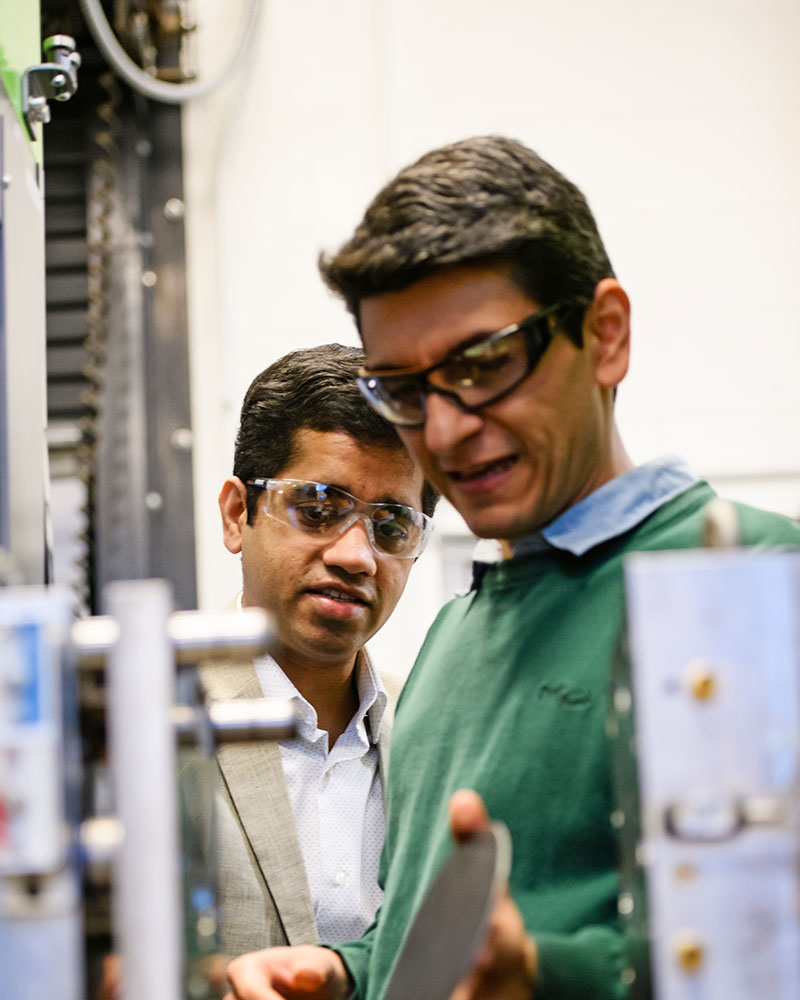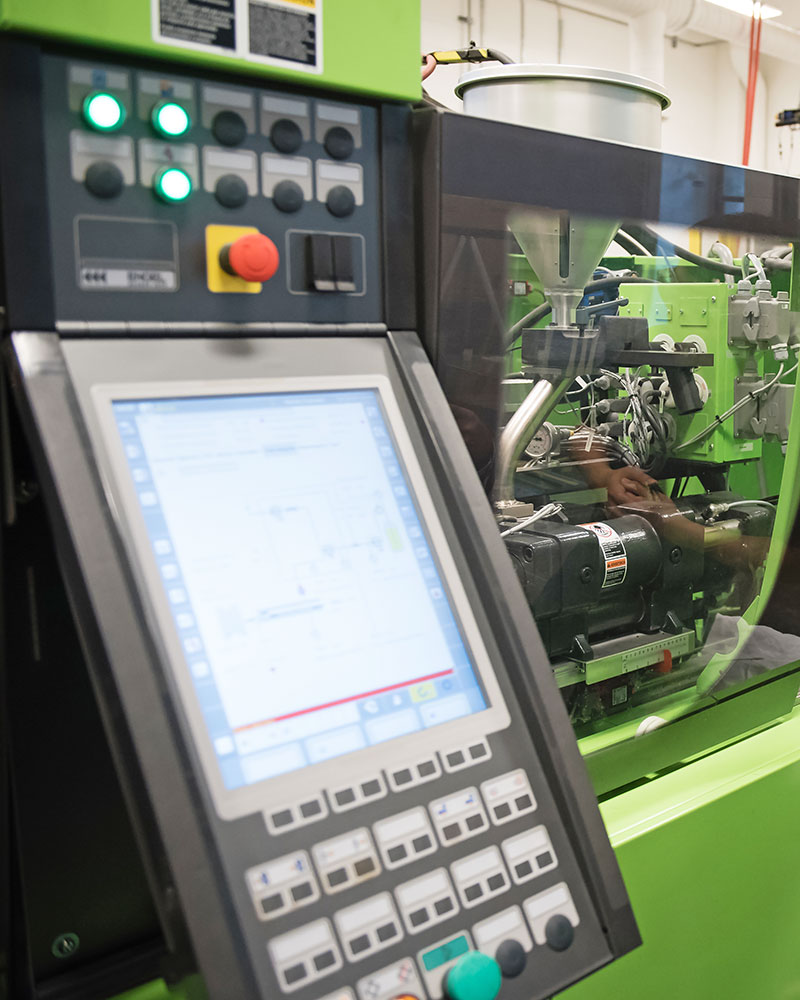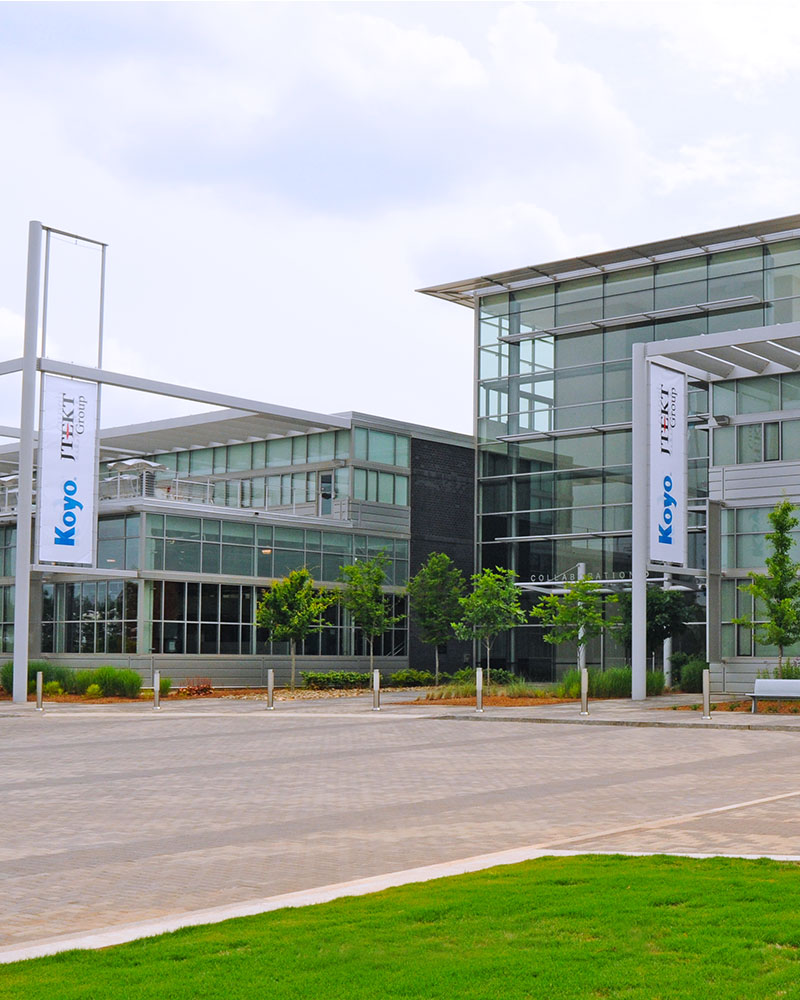5.81M Clemson-LEd Project may lead to fuel-saving, ultra-light auto doors
A TEAM LED BY CLEMSON UNIVERSITY will soon begin a $5.81 million research project aimed at developing an ultra-lightweight door expected to help automakers in their race to meet federal fuel economy standards.
SCALABLE
Researchers will use carbon-fiber-reinforced thermoplastic composites to fabricate a driver’s side front-door assembly for a large original equipment manufacturer (OEM). The technology could also be used to create other parts of the vehicle and hit the market by 2022, they said.
The goal is to reduce the door’s weight by 42.5 percent. Every ounce counts as automakers work to meet U.S. corporate average fuel economy (CAFE) standards. Fleets of vehicles are supposed to average 54.5 miles per gallon by 2025.
PROJECT RESEARCH AND PARTICIPANTS
A cross-disciplinary team of faculty members from Clemson’s mechanical engineering and automotive engineering departments have come together for the research.
Srikanth Pilla, an assistant professor of automotive engineering, is the principal investigator on the project. The co-principal investigators are Melur “Ram” Ramasubramanian, D. W. Reynolds Distinguished Professor of Mechanical Engineering and department chair; Paul Venhovens, the BMW Endowed Chair in Automotive Systems Integration; and Gang Li, an associate professor of mechanical engineering.
Pilla said that as the team makes the door lighter, researchers would expect it to cost more because they are using more advanced materials. Researchers are mandated to keep the cost increase down to $5 for every pound of weight saved, but they expect the technologies they develop will ensure they can reach their targets.
“Of course, as we hit these weight and cost targets, we’re going to be careful to not compromise on functional or safety requirements,” Pilla said. “It’s possible we could exceed those requirements, even as we make the door lighter. We’re going to do this in collaboration with the University of Delaware and industry.”
Several public and private sources are providing funding for the research. The largest portion comes from the U.S. Department of Energy, which has announced it is contributing $2.25 million. Private industry contributed the rest.
Industrial collaborators include the businesses that would form the supply chain involved in manufacturing the composite doors that university researchers will develop, Pilla said.
“This project is particularly exciting because we have a commercialization plan,” Pilla said. “Our OEM partner has clearly expressed a strong interest to take full or partial technologies and put them into vehicles that will come in 2022 and beyond.”
Ramasubramanian said that having the majority of funding come from outside the federal government is a major success.
“This is the new model of funding by the federal government, where academia, industry and the federal government work as partners and share the benefits,” he said. “Everyone has skin in the game. For us to be successful in this at the lead is extremely significant. This sets the stage for future partnerships in composites technology.”
Major participants in the research include the automotive engineering department at the Clemson University International Center for Automotive Research (CU-ICAR), the Clemson mechanical engineering department, the University of Delaware Center for Composite Materials and more than 10 private industry partners, including material suppliers, machine builders, toolmakers and software developers.
While researchers are using the door as a model to investigate weight targets, the proposed technologies could also be applied to fabricate most of a vehicle’s structural, semi-structural and interior components, they said.
Researchers said the door would meet or exceed standards governing fit, function, safety, stiffness, crash performance, noise, vibration and harshness. The assembly would be recyclable when the vehicle hits the end of its life on the road, they said.
Researchers have proposed two designs for the door assembly and plan to pick one after six months of investigation.
Zoran Filipi, automotive engineering chair, said the research that Pilla and his team are doing will help connect CU-ICAR’s labs with the road.
“Not only will we help the auto industry meet a critical deadline, but we will also be educating the next generation of automotive engineers,” he said. “We’re creating the model to transform U.S. automotive engineering competitiveness.”
“This is an excellent example of how Clemson is integrating its main campus with its innovation campuses,” said Anand Gramopadhye, dean of the College of Engineering and Science. “It also embodies the college’s theme, ‘innovation through translation.’ ”
John W. Gillespie, director of the University of Delaware Center for Composite Materials (CCM), and assistant director Shridhar Yarlagadda issued a joint statement:
“Clemson and CCM are establishing a strong partnership to merge auto systems design with composites materials, design and manufacturing to lightweight composites door for high-volume production.”
